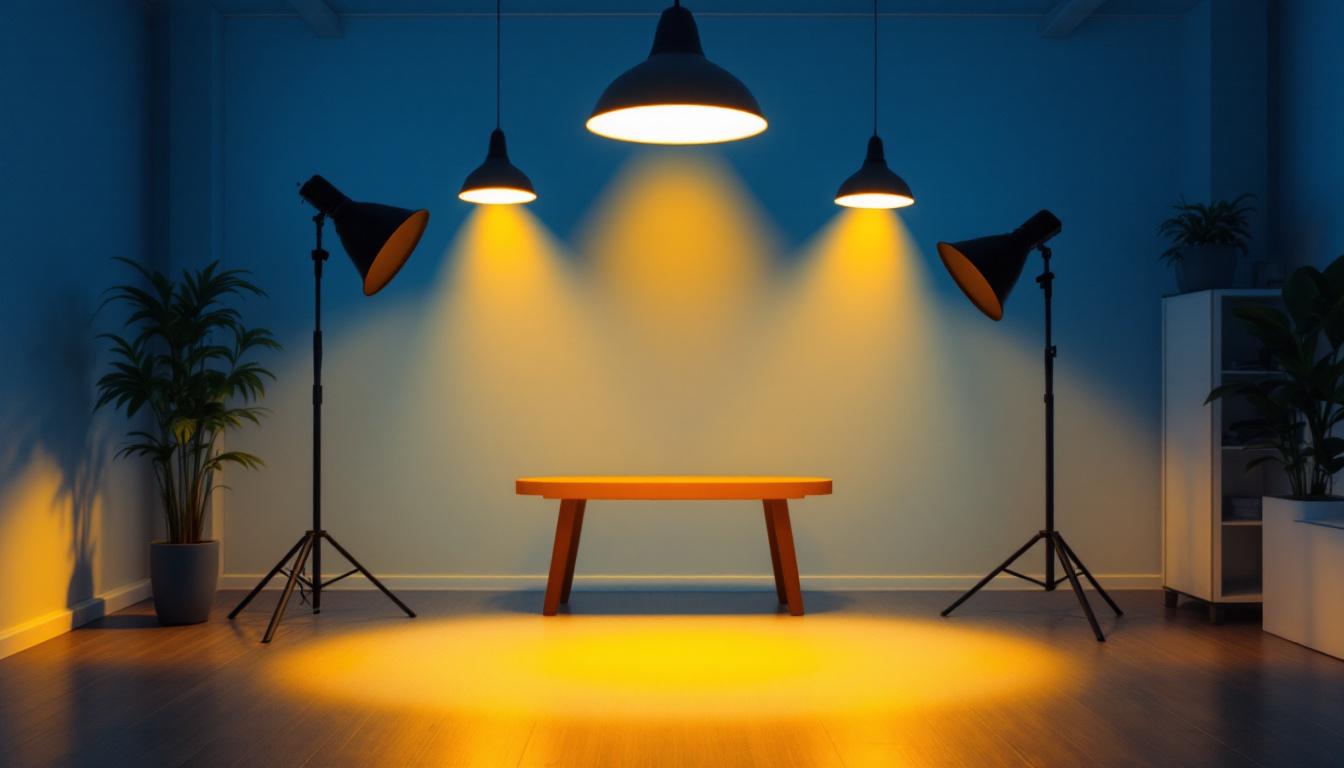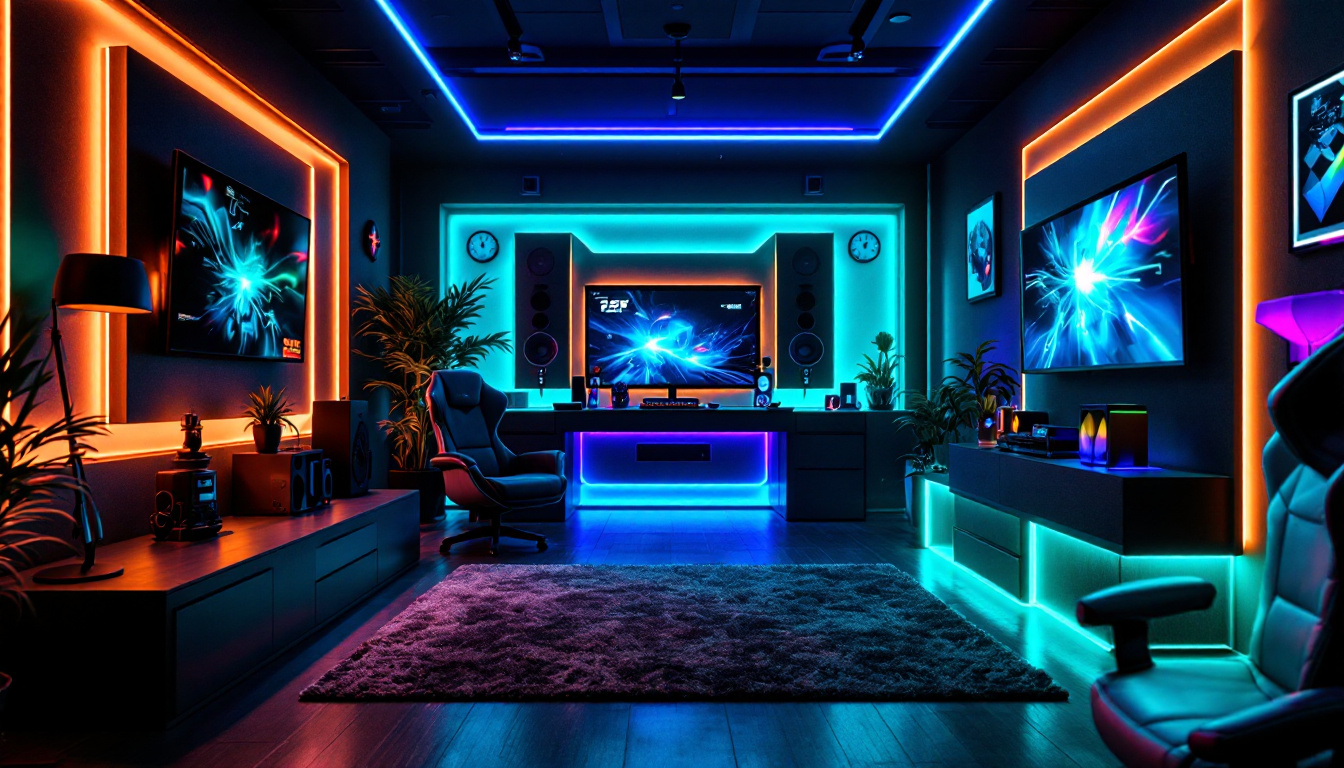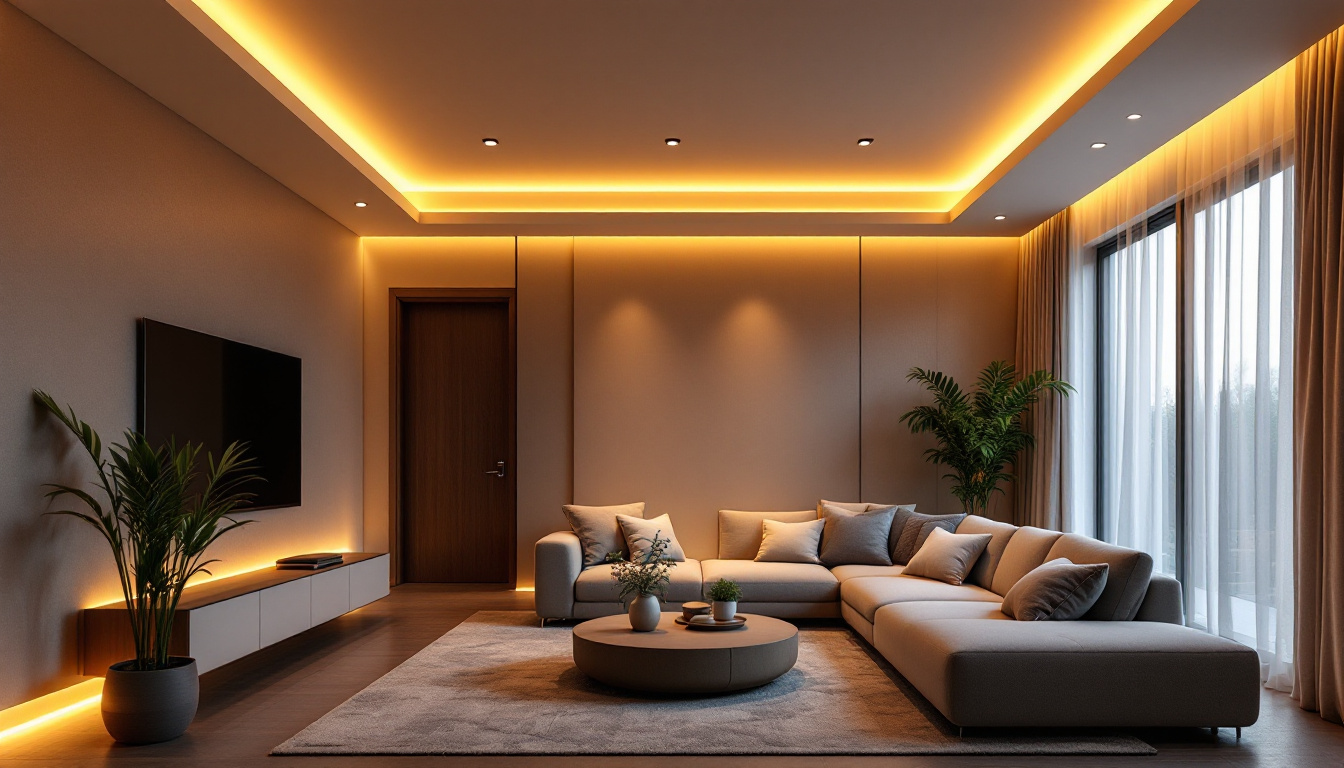
Modern office lighting plays a pivotal role in the overall design and functionality of workspaces. As businesses evolve and adapt to new technologies and work habits, the importance of effective lighting solutions becomes increasingly clear. This article delves into the various aspects of modern office lighting, highlighting its significance, types, and the latest trends that lighting contractors should consider when designing and implementing lighting solutions.
Office lighting goes beyond mere illumination; it significantly impacts employee productivity, well-being, and overall workplace satisfaction. Proper lighting can enhance focus, reduce eye strain, and create an inviting atmosphere that fosters collaboration and creativity. The interplay of light and design can transform a mundane workspace into a vibrant hub of innovation, where ideas flourish and teamwork thrives.
Moreover, the right lighting can influence the mood and energy levels of employees. A well-lit workspace can help combat fatigue and improve morale, ultimately leading to higher job satisfaction and retention rates. Understanding these dynamics is essential for lighting contractors aiming to create effective lighting solutions for modern offices. By integrating elements such as color temperature and brightness levels, designers can craft environments that not only meet functional needs but also inspire and motivate the workforce.
Studies have shown that appropriate lighting can boost productivity levels by up to 20%. Natural light, in particular, has been linked to improved concentration and reduced stress. When designing lighting solutions, it is crucial to consider the placement of windows and the use of artificial lighting that mimics natural light patterns. This approach not only enhances the aesthetic appeal of the workspace but also aligns with the natural rhythms of the human body, fostering a more harmonious work environment.
Incorporating adjustable lighting options allows employees to tailor their workspace according to their preferences, further enhancing productivity. This flexibility can be particularly beneficial in open office environments, where varying tasks may require different lighting conditions. For instance, a team brainstorming session may benefit from brighter, more stimulating light, while focused individual work might require softer, more subdued illumination. By providing such options, employers can empower their teams to create personalized workspaces that cater to their specific needs and working styles.
Modern office lighting should prioritize employee health and well-being. Poor lighting can lead to various health issues, such as headaches, eye strain, and fatigue. Lighting contractors must be mindful of these factors when selecting fixtures and designing layouts. The integration of ergonomic lighting solutions not only addresses these concerns but also promotes a culture of health and wellness within the workplace, which can be a significant draw for prospective employees.
Implementing circadian lighting systems that adjust throughout the day can help regulate employees’ biological clocks, promoting better sleep patterns and overall health. Such systems can be particularly effective in offices where employees work long hours or have irregular schedules. Additionally, the use of smart lighting technology allows for real-time adjustments based on occupancy and natural light levels, ensuring that employees always have access to optimal lighting conditions. This forward-thinking approach not only enhances comfort but also demonstrates a commitment to employee welfare, ultimately contributing to a more engaged and productive workforce.
There are several types of lighting solutions available for modern offices, each serving a unique purpose. Understanding these options is essential for lighting contractors who want to provide comprehensive solutions tailored to their clients’ needs.
Ambient lighting serves as the primary source of illumination in an office space. It provides a uniform light level that ensures visibility throughout the area. Common sources of ambient lighting include ceiling-mounted fixtures, recessed lighting, and pendant lights.
When designing ambient lighting, it is crucial to consider the color temperature of the fixtures. Warmer tones can create a cozy atmosphere, while cooler tones can enhance focus and alertness. A balanced approach that combines both can help cater to different areas within the office. Additionally, incorporating dimmable options allows for flexibility in adjusting the light intensity based on the time of day or the specific activities taking place, further enhancing the comfort and productivity of the workspace.
Task lighting is designed to provide focused illumination for specific activities, such as reading, writing, or using a computer. This type of lighting is essential in workspaces where detailed tasks are performed, as it reduces eye strain and enhances visibility.
Desk lamps, adjustable wall sconces, and under-cabinet lighting are popular options for task lighting. Lighting contractors should encourage clients to consider the specific needs of their employees when selecting task lighting solutions, ensuring that each workspace is adequately illuminated. Furthermore, the integration of smart lighting technology can allow employees to customize their task lighting preferences, creating a more personalized and efficient work environment. This adaptability can significantly contribute to employee satisfaction and productivity.
Accent lighting is used to highlight specific features or areas within an office, such as artwork, architectural details, or meeting spaces. This type of lighting adds depth and character to the workspace, making it more visually appealing.
Incorporating accent lighting can also create a more inviting atmosphere for clients and visitors. Lighting contractors should explore various fixture options, such as track lighting or LED spotlights, to achieve the desired effect while maintaining a cohesive design. Additionally, utilizing color-changing LED fixtures can allow businesses to adapt their accent lighting to reflect seasonal themes or company branding, providing an engaging and dynamic environment that resonates with both employees and clients. This versatility not only enhances the aesthetic appeal but also reinforces the company’s identity and values through thoughtful design choices.
The landscape of office lighting is continually evolving, with new trends emerging to meet the changing needs of workplaces. Staying informed about these trends is essential for lighting contractors who want to offer cutting-edge solutions.
Smart lighting systems have gained popularity in recent years, allowing for greater control and customization of office lighting. These systems can be programmed to adjust automatically based on occupancy, time of day, or even the weather outside.
Integrating smart lighting not only enhances energy efficiency but also provides a more personalized experience for employees. Lighting contractors should consider incorporating smart technology into their designs, offering clients the ability to adapt their lighting solutions to their specific needs.
As businesses become more environmentally conscious, the demand for sustainable lighting solutions has increased. Energy-efficient LED fixtures, solar-powered lights, and daylight-harvesting systems are becoming standard in modern office designs.
Lighting contractors can help clients reduce their carbon footprint by recommending sustainable options that align with their corporate values. Additionally, these solutions often lead to significant cost savings in energy bills, making them an attractive investment for businesses.
Biophilic design emphasizes the connection between nature and the built environment, promoting well-being and productivity. Incorporating natural elements into office lighting, such as using fixtures that mimic natural light or incorporating plants into lighting designs, can create a more harmonious workspace.
Lighting contractors should explore ways to integrate biophilic design principles into their projects, enhancing the overall aesthetic and functionality of the office. This approach not only improves employee satisfaction but also contributes to a healthier work environment.
While modern office lighting offers numerous benefits, it also presents several challenges that lighting contractors must navigate. Understanding these challenges is essential for creating effective lighting solutions.
One of the primary challenges in office lighting design is finding the right balance between aesthetics and functionality. While visually appealing fixtures can enhance the overall design of a workspace, they must also provide adequate illumination for various tasks.
Lighting contractors should work closely with clients to understand their priorities and preferences, ensuring that the final design meets both aesthetic and functional requirements. This collaborative approach can lead to innovative solutions that satisfy all parties involved.
Modern offices often accommodate diverse work styles, from collaborative spaces to quiet zones for focused work. Designing lighting solutions that cater to these varying needs can be challenging, as different areas may require different types of illumination.
Lighting contractors should conduct thorough assessments of the office layout and employee needs to develop tailored solutions. This may involve incorporating adjustable lighting options or creating distinct lighting zones that cater to specific activities.
Lighting contractors must also navigate various regulations and standards when designing office lighting solutions. Compliance with building codes, safety standards, and energy efficiency guidelines is essential to ensure that the final design meets all legal requirements.
Staying informed about the latest regulations and best practices is crucial for lighting contractors, as non-compliance can lead to costly penalties and project delays. Engaging with industry associations and participating in training programs can help contractors stay up-to-date on relevant guidelines.
Modern office lighting plays a critical role in creating functional, aesthetically pleasing, and healthy work environments. As businesses continue to evolve, the demand for innovative lighting solutions will only increase. Lighting contractors must stay informed about the latest trends, technologies, and challenges in the industry to provide effective solutions that meet their clients’ needs.
By understanding the importance of office lighting, the various types of solutions available, and the emerging trends shaping the industry, lighting contractors can position themselves as valuable partners in the design and implementation of modern office spaces. Ultimately, the right lighting solutions can enhance productivity, well-being, and overall workplace satisfaction, making them an essential consideration for any office design project.
Ready to elevate your office lighting designs with the latest trends and technologies? At LumenWholesale, we provide lighting contractors with an exceptional range of spec-grade lighting products that combine quality with unbeatable wholesale value. Our commitment to cutting out the middleman means you enjoy superior lighting solutions at prices that respect your budget. With our expansive selection that meets rigorous industry standards, free shipping on bulk orders, and no hidden fees, you can trust LumenWholesale to light up your projects with reliability and style. Discover the ideal fusion of quality, affordability, and convenience for your next office design project. Wholesale Lighting at the Best Value is just a click away.

Discover the pivotal role of diffuser lenses in lighting installations, exploring how they enhance illumination quality, reduce glare, and create ambient environments.

Explore the cutting-edge world of Gamer Room LED lighting, where innovation meets aesthetics.

Discover essential tips for lighting contractors on installing LED shower can lights.

Discover essential tips for selecting LED lights for recessed lighting projects and learn how to sidestep common pitfalls.